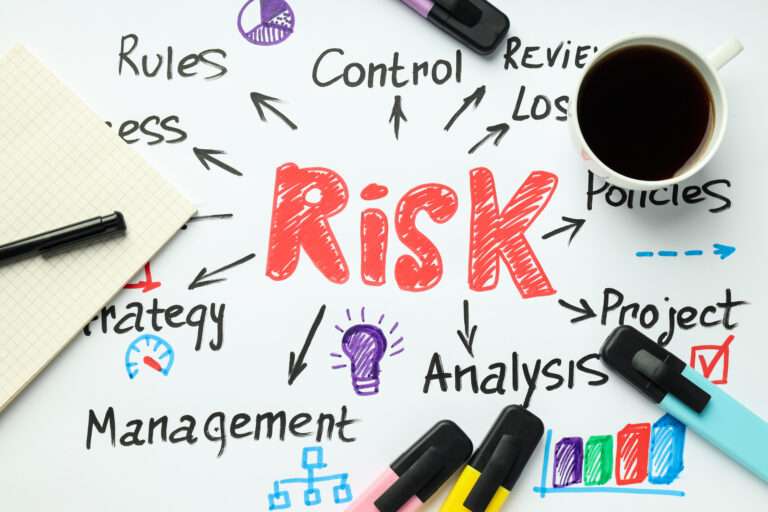
Why SPARX? As an Enterprise Architecture (EA) consultant, I am going into organizations with established
We are often asked, “Where will we be in two years?”, or “How do you see Enterprise Architecture in two years?”. The first thing we emphasize is, “Yes! You can have a mature Enterprise Architecture practice in just two years!” We determine the state of the enterprise with a mature practice based on a set of tangible and intangible characteristics. The tangibles are the elements you start with when building a practice. Over time, they develop into habits and we start to see the downstream benefit of the intangible elements. With consistent executive support and disciplined implementation, you can see the full breadth of benefits by the end of year two.
Want to learn more about our ideas and thought leadership, please read the following. If there are any areas of interest from your organization, please feel free to reach out to us.

Why SPARX? As an Enterprise Architecture (EA) consultant, I am going into organizations with established

Bangladesh and digital banking Bangladesh is rapidly embracing digital banking, with more and more people

In an era defined by constant change and uncertainty, businesses in Bangladesh are facing an

Creating an architecture review board (ARB) software involves developing a tool that supports the review,
©2024 Sysonex. All Rights Reserved

Your form has been successfully submitted. Go to the next step to get a free Sysrisk user license.